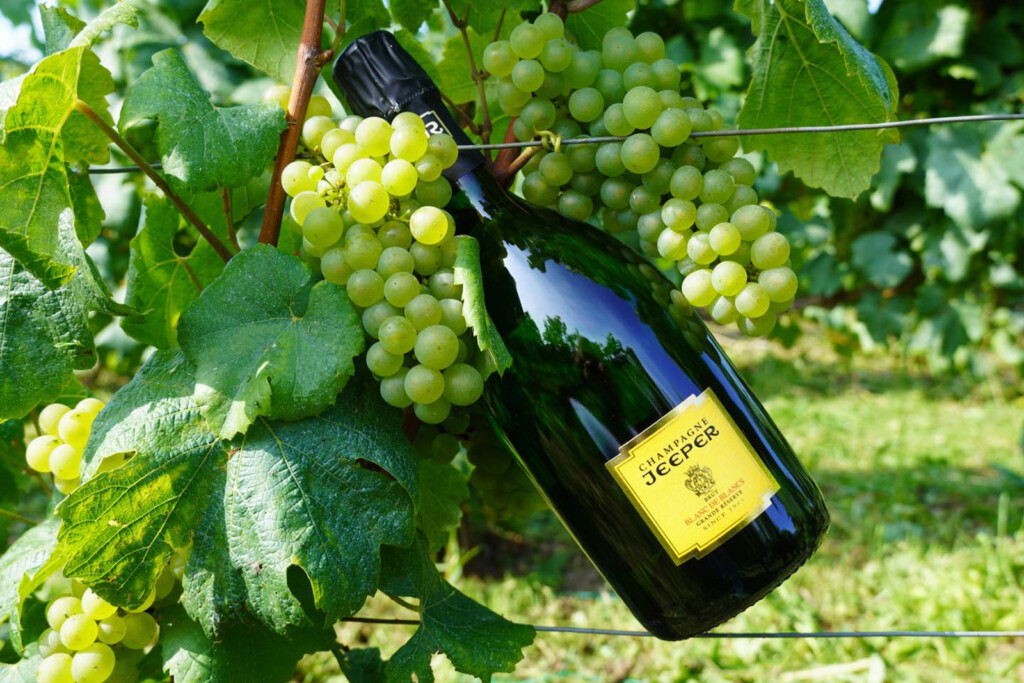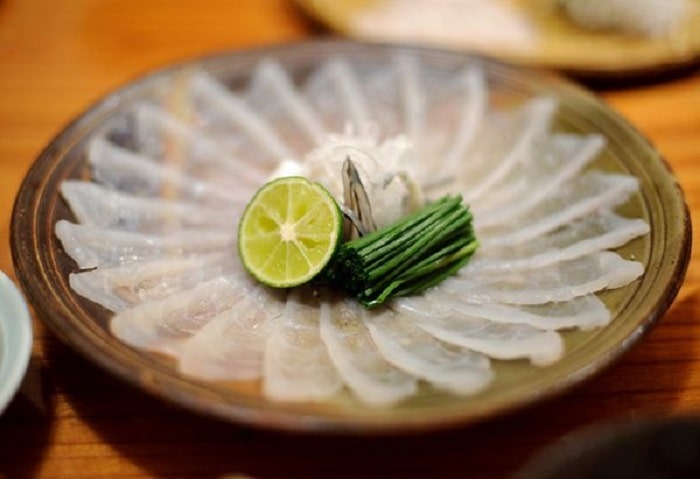
Last year for Halloween, I wrote an article about bizarre (to me, at least) foods eaten at various locales around the world. The article was well-received, and since that time I’ve discovered a new batch of culinary oddities – some of which I’ve even tried myself.
Keep in mind that in some cultures eating a hot dog would be considered repulsive, while enjoying monkey brains for dinner would not be. It takes all kinds to fill the freeways, as they say. Anyway, here’s a plateful of exotic eats for your Halloween enjoyment.
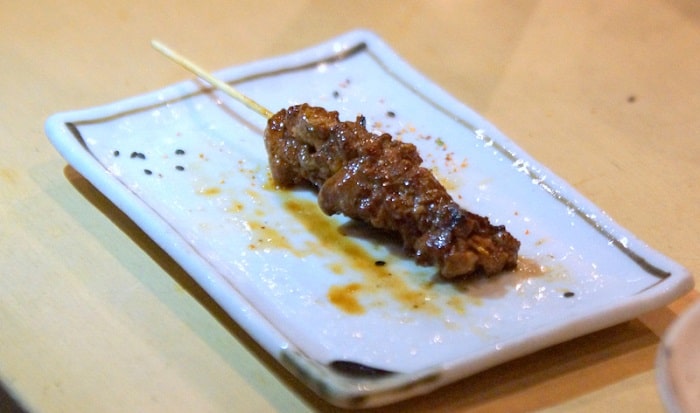
New York City
During a visit to New York City last winter, my wife and I enjoyed a meal at the world’s only Michelin-starred yakitori restaurant, Tori Shin. At Tori Shin, no part of the organic chickens they serve there goes unused. That includes neck meat, whole heart, gizzard, fillet, belly skin, back soft bone, tendons, chicken oyster, tail, knee, breast, rib, liver and more. To my surprise, the part of the chicken I liked the most – with a flavor almost like foie gras – was the kidney. I wasn’t previously aware that chickens even had kidneys, but they do: two of ‘em, just like you and me.
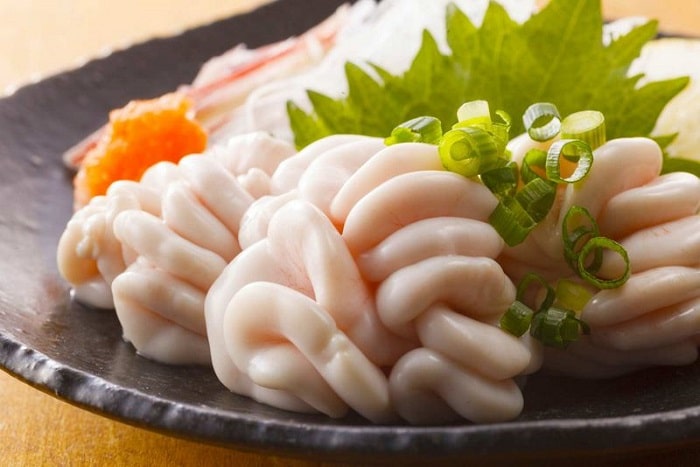
Japan
Japan is well-known for its superb yakitori, like that served at the aforementioned Japanese restaurant Tori Shin in New York City. It’s perhaps a bit less well-known for light and soft, custardy cod milt, which is often compared, favorably, to pork brains. Known as shirako in Japan, these are the sperm sacs of cod fish, typically served deep-fried or steamed.
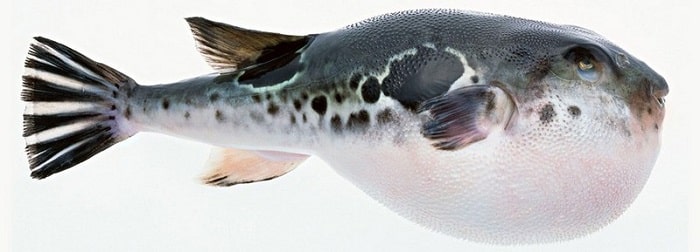
Here’s one more from Japan: fugu. This is something I’d really like to try someday, but only in the hands of a certified fugu chef. That’s because fugu – also called pufferfish – can be a highly lethal delicacy due to its tetrodotoxin. Therefore, the only chefs that are allowed to prepare pufferfish – and carefully remove the toxic parts – are those who’ve undergone a rigorous training of three or more years and are certified to prepare and serve fugu.
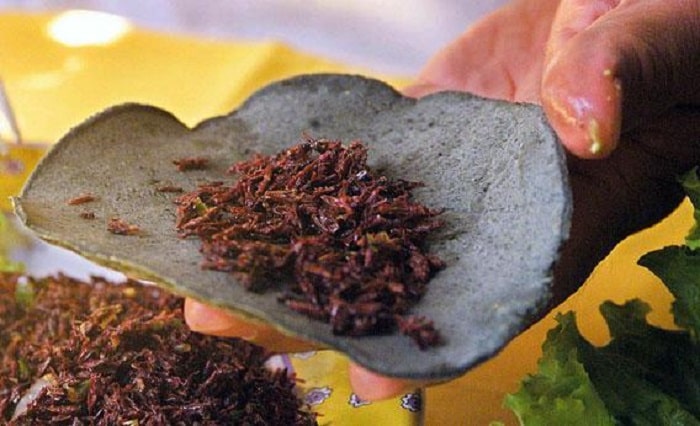
Mexico
In Mexico, especially in the state of Oaxaca, it’s not at all unusual to see folks snacking on grasshoppers. Called chapulines – from the Nahuatl word chapolin – these small grasshoppers are collected typically from May to late summer and are toasted on a hot comal, sprinkled with lime juice and/or hot sauce, and enjoyed as a snack, much like potato chips. They’re usually served straight or in a tortilla as a grasshopper taco. I’ve tried chapulines in Oaxaca with a cold beer alongside. They’re crunchy, have a nutty flavor and are very high in protein. In short, a lot better than Pringles.
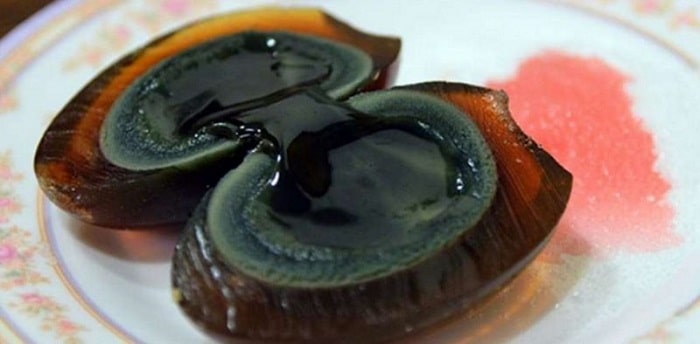
Chinese
Ever eaten an old egg? I mean, have you ever eaten a really old egg? In Chinese, an exotic dish served at prestigious affairs are century eggs (sometimes called millennium eggs). Eggs of duck, quail or chicken are preserved in clay for up to a few months and served, smelling … well, like old eggs. The greenish color of the yolks and the dark brown whites definitely make century eggs an acquired taste.

Scotland
Although many exotic (to us, anyway) foods seem to come from the East, Europe has a few winners as well. Scotland weighs in with its own freaky food: haggis. Essentially, haggis is a sheep’s stomach which is stuffed with “pluck” – a savory pudding made from sheep’s heart, liver and lungs mixed with suet, spices, oatmeal, onion and salt. Haggis is traditionally served on January 25 at Scotland’s annual Robert Burns suppers, along with drams of Scotch whisky.
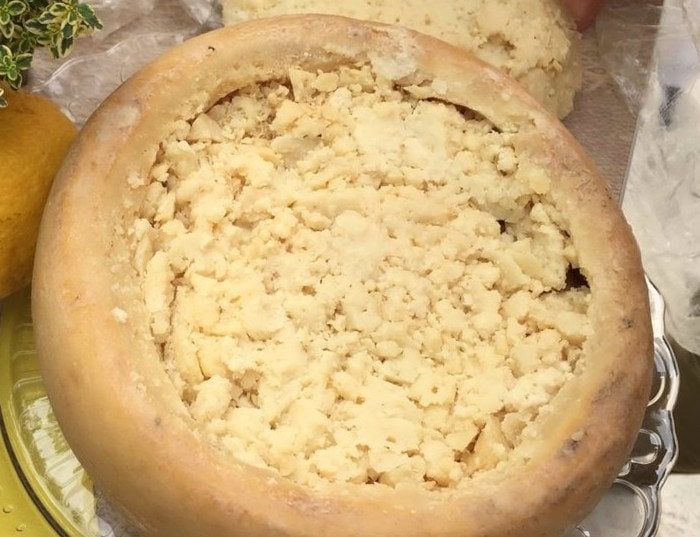
Italy
I usually think of the food of Italy as pretty harmless. But it would take more than a few big glasses of Barolo to get me to sink my teeth into casu marzu. Also known as “rotten cheese,” casu marzu begins, innocently enough, as Sardinian Pecorino cheese. But then it’s allowed to go bad … so bad that the larvae of cheese flies are deliberately added to the cheese, which promotes fermentation. The cheese then becomes very soft and runny, with the larvae appearing as translucent white worms. No, thank you.
FOR MORE RESTAURANT REVIEWS GO HERE.
THIS CONTENT IS FROM UTAH BITES NEWSLETTER.
CLICK HERE AND RECEIVE WEEKLY RESTAURANT REVIEWS, TED’S FAVORITE RECIPE, AND DRINK OF THE WEEK.
 Originally trained as an anthropologist, Ted Scheffler is a seasoned food, wine & travel writer based in Utah. He loves cooking, skiing, and spends an inordinate amount of time tending to his ever-growing herd of guitars and amplifiers.
Originally trained as an anthropologist, Ted Scheffler is a seasoned food, wine & travel writer based in Utah. He loves cooking, skiing, and spends an inordinate amount of time tending to his ever-growing herd of guitars and amplifiers.
SUPPORT OUR SPONSORS: click on their logos to visit their website
[envira-gallery slug=”food-logos”]





